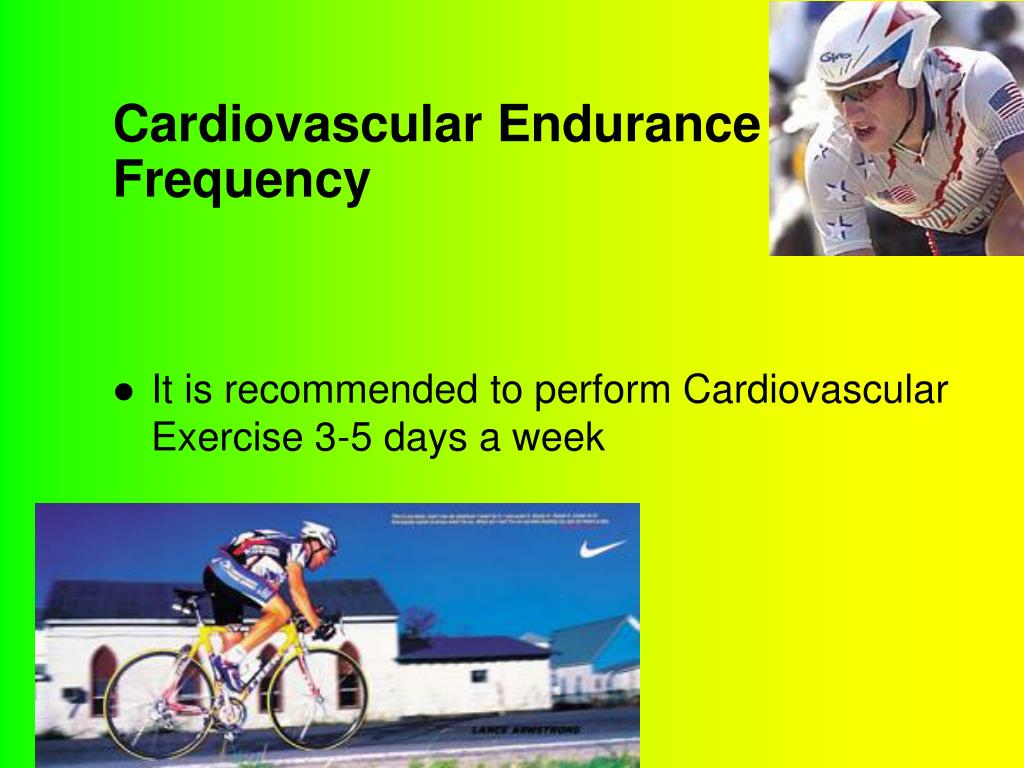

Lactic acid prevents energy production by creating an acidic environment in the body that ultimately prevents muscle contraction. A high concentration of lactic acid is produced as a byproduct of this rapid glucose disruption. So, this high-speed production of ATP can only be sustained for 90 seconds. To create a large amount of ATP in this way, a large amount of glucose is consumed, causing the glycogen stores in the body to decline rapidly. Under these conditions, the glucose is only partially broken down and is converted into lactic acid instead of carbon dioxide and water. However, instead of producing the usual 38 molecules of ATP per molecule of glucose, the body can only make 2 using this anaerobic reaction. Instead it saves time by following different routes which don't require oxygen. To deal with these sudden explosions of power, glucose bypasses the normal energy-generating pathways which use oxygen. Another chemical called phosphocreatine (PC) is required to reform the ATP molecules.Īnaerobic activity, such as sprinting, requires glucose very quickly to cope with sudden and major energy needs. ĪTP is consumed and reproduced repeatedly to generate biological functions such as cell regeneration and muscle building.Įnergy is released as the ATP molecules are cleaved into adenosine diphosphate molecules (ADP). This chemical substance is stored in the muscle cell and is used to "fuel" the onset and continuity of muscle contraction. Very high intensity/red zone 90-100% max HRįThe essential element required to produce movement in the human body is ATP (adenosine triphosphate).High intensity/competitive loads and anaerobic threshold 80-90% max HR.Higher intensity/aerobic zone 70-80% max HR.


Cardiovascular endurance sports professional#
The heart rate of an average healthy adult is about 60-80 heartbeats per minute, while healthier individuals and professional athletes have a lower pulse and require less recovery time after each training session. The more intense the exercise, the higher the heart rate, which requires a greater oxygen supply. There is a linear relationship between heart rate and exercise intensity. Naturally, higher cardiovascular benefits are achieved in the case of high-intensity training. However, the final (24-hour) effect is approximately the same in both cases. While in the high intensity more fat is burned after the training. In the low and moderate intensity training, more fat is burned during the exercise. While each level has its pros and cons, one important difference is when body fat is burned. In running, there are three levels of training intensity Low, Moderate and High Understanding the science behind Cardiorespiratory Endurance can help you develop optimum stamina and a power boost when it is needed most.Īerobic training is generally defined as exercise that increases or improves the use of oxygen by the body. However, when it comes to endurance athletes, especially marathon runners, the principles of the modern world may not apply. Even when it comes to training for a half- or full-length Marathon, life-hacks and quick preparation tricks are offered all over the internet. We are living in the time of fast solution to everything.


 0 kommentar(er)
0 kommentar(er)
